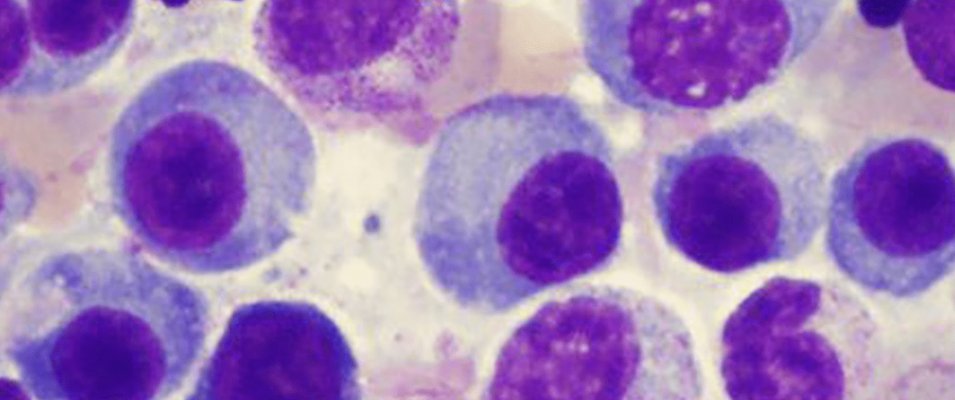Multiple myeloma is a plasma cell disorder. It is a malignant disease caused by uncontrolled clonal proliferation of these cells in the bone marrow, leading to serious bone destruction.
The disease develops in a very creeping manner and is detected at an early stage only by random examination. Major symptoms of the disease such as bone pain and pathological fractures are usually present only in later stages of the disease.
In general, the cause of the disease is unknown, but 90% of patients show genetic changes – mutations of certain genes within the cells of the bone marrow. The biggest risk factor is age: multiple myeloma is a disease of the elderly, with the majority of patients aged 61-70. However, 3% of patients develop the disease under the age of 40. Apart from age, other risk factors include exposures to radiation and certain chemicals. Moreover, genetic susceptibility to the disease at the genetic level cannot be eliminated.
The disease affects 3-4 people per 100,000 population in one year.
Multiple myeloma is a disease caused by malign transformation of plasma cells, their clonal proliferation and the accumulation of myeloma cells in the bone marrow. These cells are set by a pronounced genetic instability and chromosomal abnormalities are probably the most important prognostic factor in multiple myeloma. The knowledge of these abnormalities on DNA level could definitely help with more precise division of the patients into the individual sub-groups, each with a different developmental process of the disease and thus different approaches to the treatment.
Our team is preparing a novel NGS single assay panel for the identification of these multiple myeloma genomic abnormalities.
The panel is being developed by GeneSpector Innovations, an R&D spin-off company of Charles University focused on further development and clinical application of promising academic technologies in the field of laboratory diagnostics and therapy.
January 18, 2023, written by Otakar Raska, Lenka Piherova and Martin Klima










